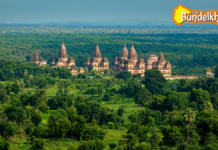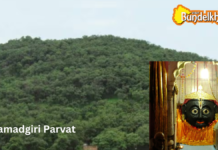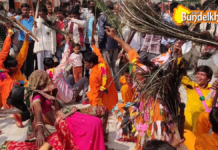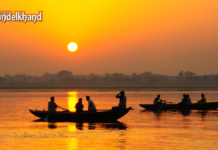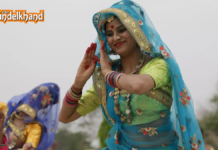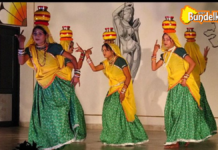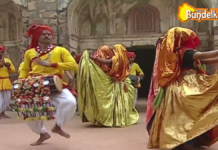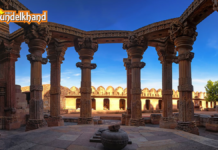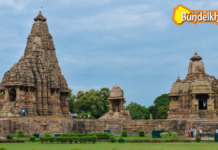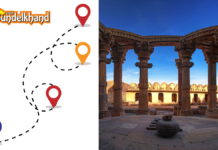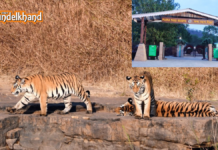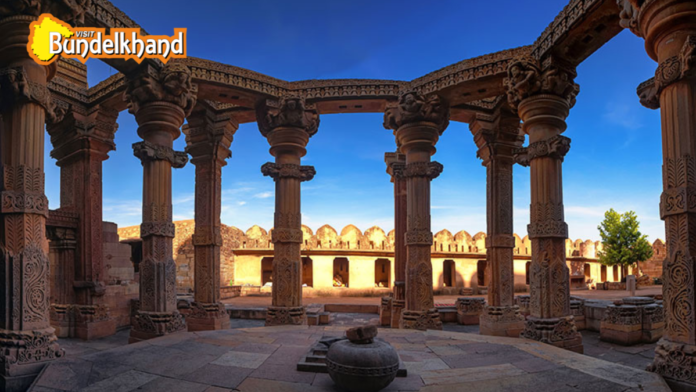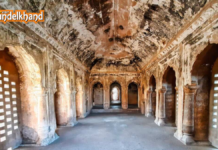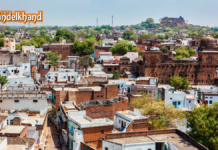Introduction: A Land Where History Still Breathes
If you think Bundelkhand is just a footnote in Indian history textbooks — a region known for Rani Lakshmibai, Orchha’s palaces, or Kalinjar’s battles — let me stop you right there.
Because what the books don’t tell you is that Bundelkhand’s real cultural heritage is still alive — in its mud walls, evening bhajans, tribal crafts, temple rituals, and the unwritten stories passed from generation to generation.
As someone deeply connected to this land, I invite you to walk through the Bundelkhand you won’t find in history books — and instead, discover a living culture that continues to breathe, evolve, and inspire.
1. Temples That Hold Centuries of Memory
In Bundelkhand, every ancient stone tells a story. The temples here are not just architecture — they’re cultural time machines where faith and folklore meet.
Must-Visit Heritage Temples:
- Dashavatara Temple, Deogarh – One of the earliest Gupta-era Vishnu temples in India, standing strong since the 6th century.
- Kalinjar’s Neelkanth Mahadev Temple – Carved inside the fort’s rocky face, blending warrior pride and Shaiva spirituality.
- Chitrakoot’s Kamadgiri Parikrama Route – A path walked by sages, still buzzing with barefoot pilgrims and local devotion.
2. Folk Traditions Passed Through Generations
Unlike mainstream culture, Bundeli traditions are handed down orally, not recorded. Whether it’s the Alha ballads, Rai dance performances, or wedding rituals like Gaari songs, these traditions live in people — not pages.
What makes them so special?
- They’re performed in context — at festivals, in fields, during childbirth or farewells.
- They use regional dialects and metaphors that reflect local emotions and values.
- Many are led by women, elders, and local artists, giving voice to real community stories.
3. Handicrafts & Village Art You Never Read About
The cultural richness of Bundelkhand also lives in its hands — in the daily rhythm of villagers creating art that’s both functional and deeply meaningful.
Rural Crafts You Should Know:
- Lalitpur and Tikamgarh Terracotta Art – Earthy figurines, lamps, and ritual objects made with love and clay.
- Mahoba’s stone craft – Used in temples, wells, and even musical instruments.
- Handwoven fabrics and bead jewelry – Mostly made by tribal women during seasonal gatherings.
And yet, very little of this reaches the mainstream market. These are living crafts, kept alive through ritual and routine.
4. Festivals that Celebrate Identity, Not Commerce
Unlike big-city events, festivals in Bundelkhand aren’t commercialized. They are expressions of cultural memory, often rooted in agrarian and spiritual cycles.
Some of the most authentic cultural celebrations include:
- Kajli Teej in Lalitpur – Where married women gather to sing and pray with symbolic trees and swings.
- Diwari dance festivals – Men dance with sticks and swords to honor cattle, nature, and the divine.
- Chitrakoot’s Deepdaan and Ram Navami Mela – A spiritual and cultural blend like no other.
5. Oral History & Legends That Live On
In every Bundeli village, you’ll find at least one elder who can recount tales of kings, saints, and wars — tales not found in history books.
These stories:
- Preserve local versions of well-known epics like Ramayana and Mahabharata.
- Include regional heroes like Alha, Udal, Rani Durgavati, and Maharaja Chhatrasal.
- Often blend mythology, morality, and village pride, forming a strong cultural identity.
I once sat with a 90-year-old farmer in Mahoba who could recite the entire Alha-Khand epic from memory — his voice shaking, but his spirit fierce.
Why This Matters: Culture is More Than Just the Past
Bundelkhand’s cultural heritage isn’t locked in a museum — it’s out there, under the open sky, still being lived, sung, woven, performed, and prayed.
And in a world where modernity often erases memory, these traditions remind us of:
- Who we were
- How we lived
- And why it still matters
This is the Bundelkhand I know — the real one, the lived one, the soul of India that refuses to fade.


